Secret Spots in Oxford
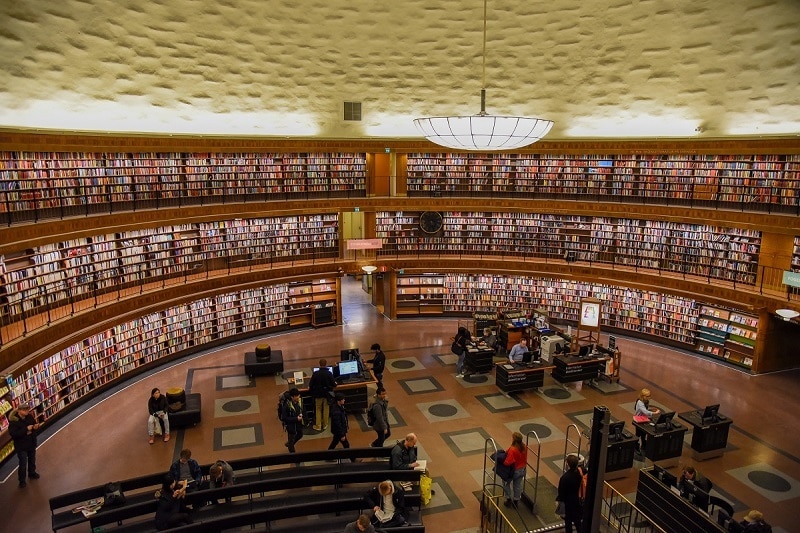
Tour of Duke Humfrey’s Library
Duke Humfrey’s Library is the oldest reading room in the Bodleian Library at the University of Oxford. Until 2015, it functioned primarily as a reading room for maps, music, and pre-1641 rare books;
This Library was used as the Hogwarts Library in the Harry Potter films.
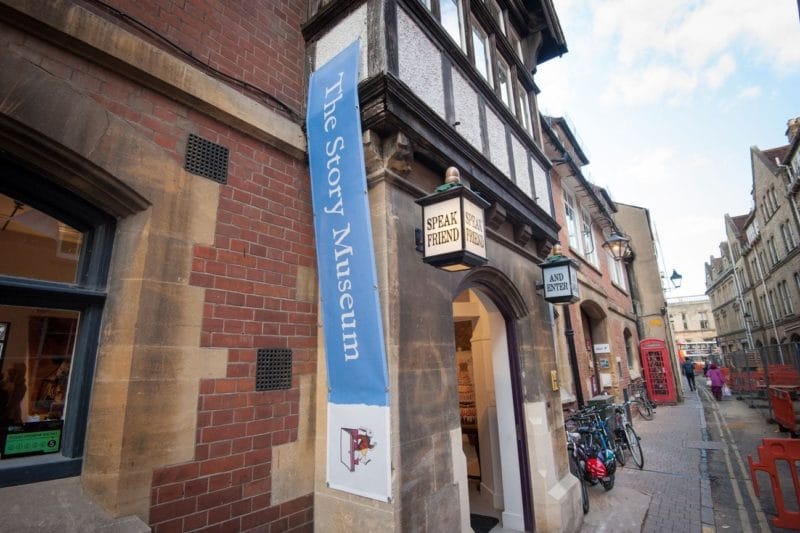
The Story Museum
Alice’s Wonderland, Narnia, and Middle Earth were all worlds which emerged from the streets of Oxford, where fantasy authors Lewis Carroll, C.S. Lewis, and J.R.R. Tolkien spent time writing. Yet Oxford’s significance in children’s literature was often overlooked until 2014, when the Story Museum opened its doors. Almost every room in the fantastical museum has something in it to touch, listen to, smell, or dress up in. Lining the walls of the Throne Room are hundreds of costumes for princesses, knights, and dragons to pose in on the Story Throne for photos. Here children can generate their own story titles by mixing together different words on a board.
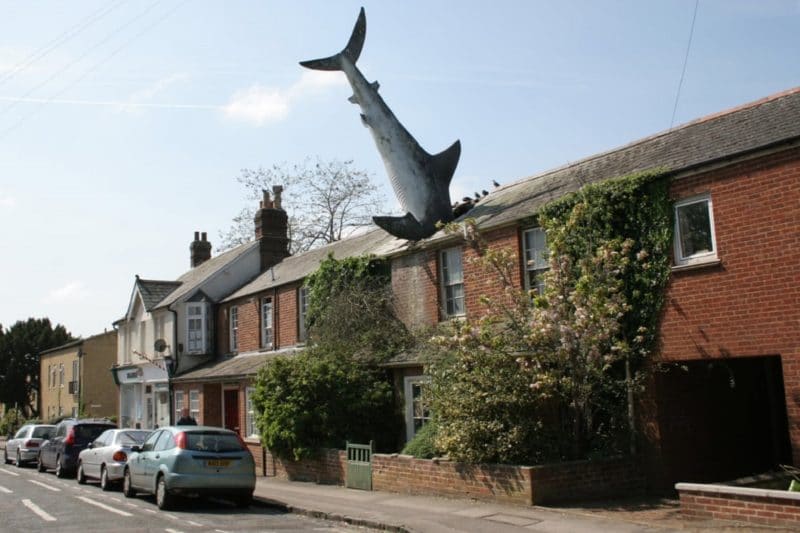
The Headington Shark
About four months after the incident at Chernobyl, on August 9, 1986, Oxford-resident Bill Heine had a twenty-six-foot shark sculpture erected on his roof. Using cranes, Heine and sculptor John Buckley mounted the shark, head first, onto the roof in the middle of the night. That morning (which was also the 41st anniversary of the dropping of nuclear bomb “Fat Man” on Nagasaki), the headless shark began delighting curious onlookers; with the exception of town officials, that is.
Bill Heine, who still lives in the house today, says that the shark was assembled and properly placed to speak out against incidents such as Chernobyl and Nagasaki, as well as general government incompetence.
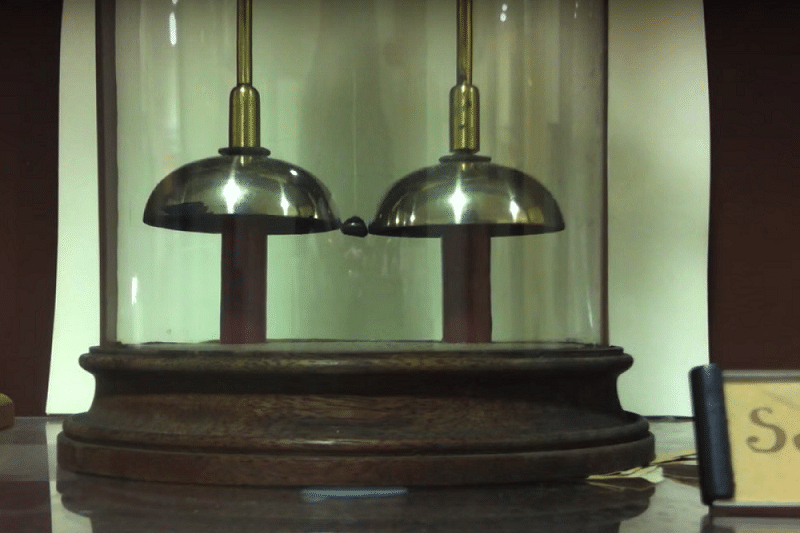
Oxford Electric Bell
This battery powered bell has been ringing since 1840 and is one of the worlds longest running science experiments. For over 170 years, the Oxford Electric Bell (also known as the Clarendon Dry Pile) has been chiming almost continuously, the composition of its power source uncertain. Currently located in the Clarendon Laboratory at the University of Oxford, the Bell is an experiment consisting of two brass bells each stationed beneath a dry pile battery, with a metal sphere (or ‘clapper’) swinging between them to produce a ring that has occurred on the order of 10 billion times.
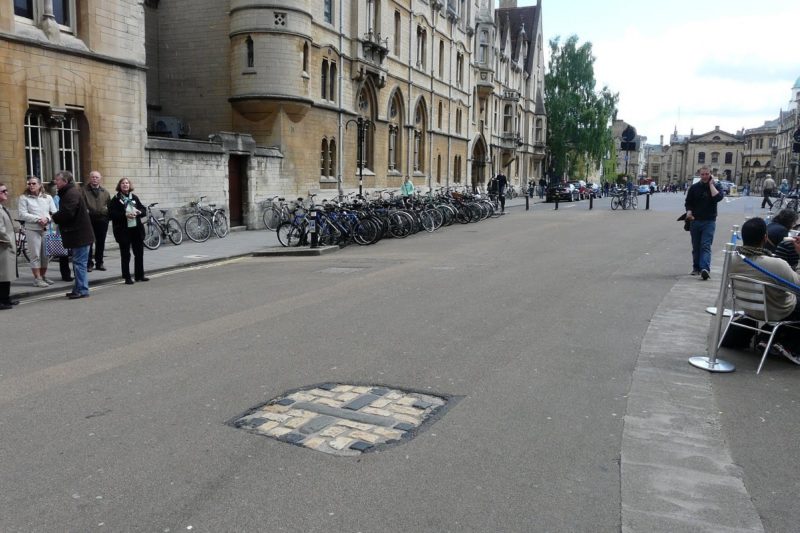
Martyr’s Mark
The spot where three Protestant clergymen were burned at the stake during the reign of “Bloody Mary.” In the middle of the 16th century, during the reign of Queen Mary I of England (also known as “Bloody Mary” due to her brutal religious persecution), three Protestant clergymen were executed at this very spot in Oxford, now marked with a brick cross in the middle of the road. The Protestant martyrs, were brought before a commission at the Church of St Mary the Virgin and found guilty for not believing in transubstantiation, the change by which bread and wine becomes the body and blood of Christ. The first two men were put to death on October 16, 1555, while the later watched from the tower of the nearby Bocardo gaol (jail) at the Northgate. Hugh Latimer finally lost his appeal and was killed on the same spot on March 21, 1556.
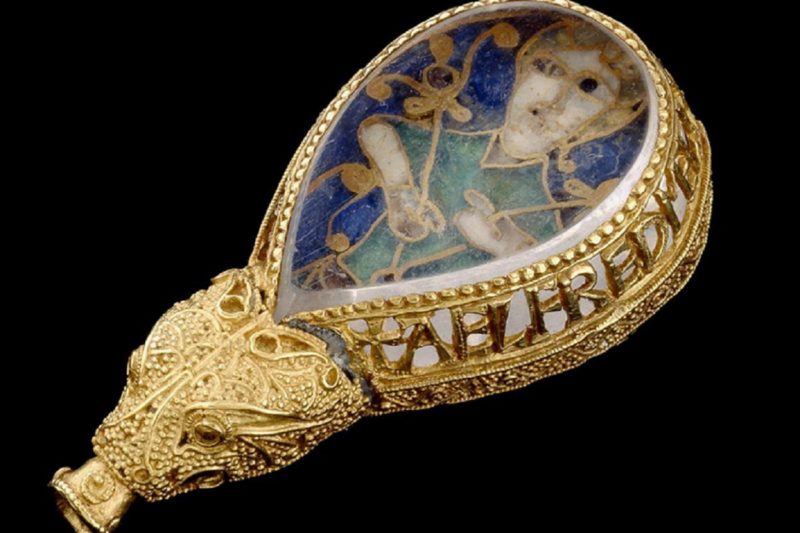
The Alfred Jewel
One of Oxford’s greatest treasures likely belonged to the legendary King Alfred the Great. In the darkened galleries of the Ashmolean Museum of Art and Archaeology, you’ll find an archeological treasure that, despite its diminutive size, is of priceless value to England and its history. The mysterious crystal likeness of a man can be seen in a teardrop shape enclosed within a golden dragon-headed frame. The pale figure stares at the viewer from under his mop of golden hair and clutches what appear to be two long-stemmed plants in his hands.